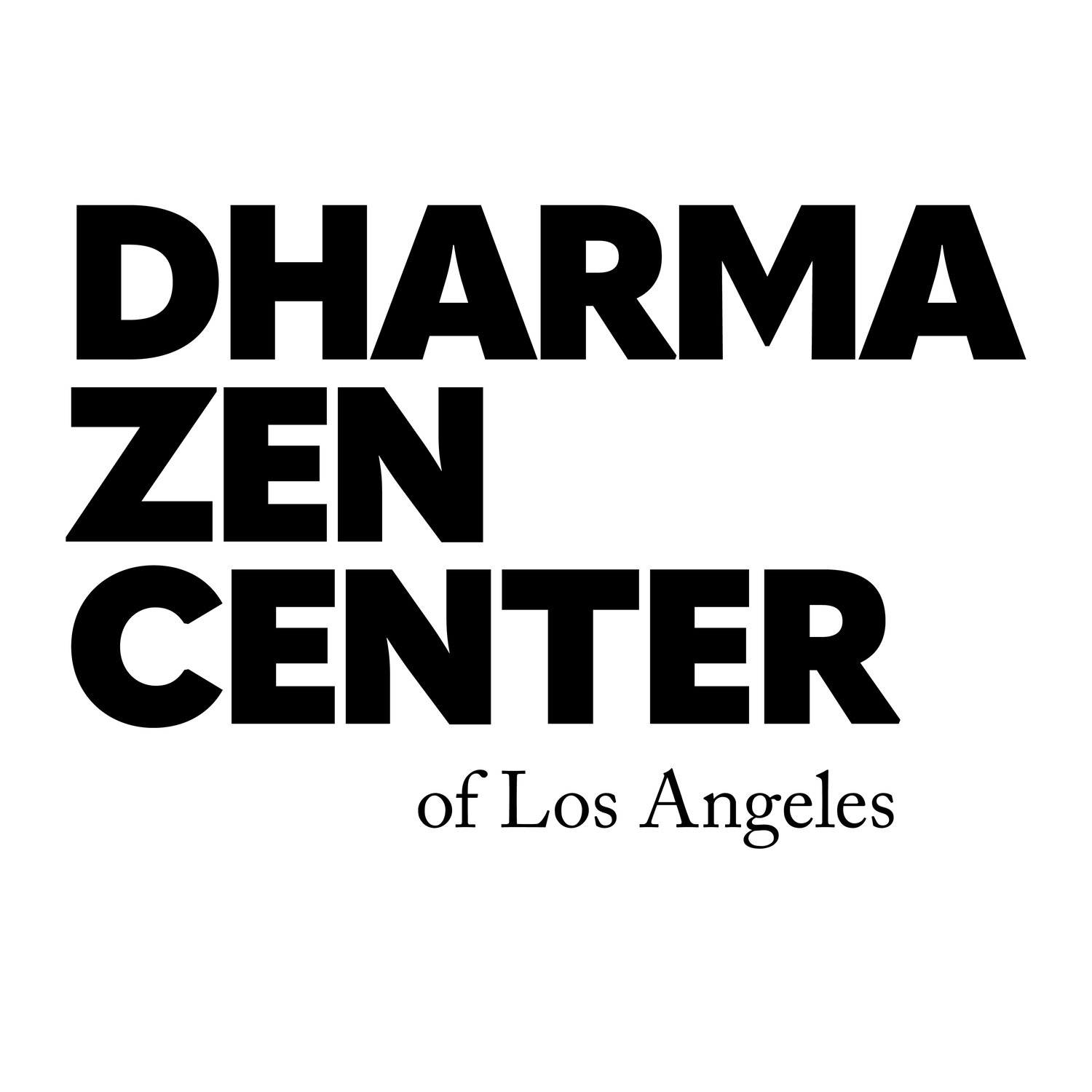I think it’s difficult to believe in yourself, to trust the process of Zen practice. When you first start practicing, often you feel worse. You start watching your brain and watching all your thoughts, and you think you’re getting worse, not better. So coming to this practice and staying, requires great faith, great courage, and a great question. You have to develop the ability to see your thinking, and it can be painful at times. It’s not an easy path. I was thinking about a story that I heard Zen Master Seung Sahn tell.
It’s about a sparrow. She lived in a large forest. This bird was very evolved: she never checked, held or made anything! She was always paying attention, and was so gregarious that she knew all the animals in the forest. She not only knew the animals, she also respected and loved them.
One day a very rapid, horrible fire started. It was a dry, windy day. The sparrow was of course paying attention, and she flew straight up. She used her intuition, saw a pond, filled her beak, flew over the fire and dropped the water. Over and over and over, this action of dropping one drop of water onto the forest fire. And then, finally, totally exhausted, she fell into the fire.
I love that story. So . . . who died? Did her efforts even help? If we think that way—life, death, the fire was put out, it wasn’t put out—that’s a big mistake. We all know this fire. We need to know the fire, the suffering, the pain. It’s impossible not to see it. But, again, we’re very smart, so we find all these ways to avoid looking at it. We have movies; we have books; we have all kinds of things to distract ourselves. Human beings are very smart, but intelligence will not show us the way. Only a strong vow and strong direction will bring us to knowing how to put out the fire.

